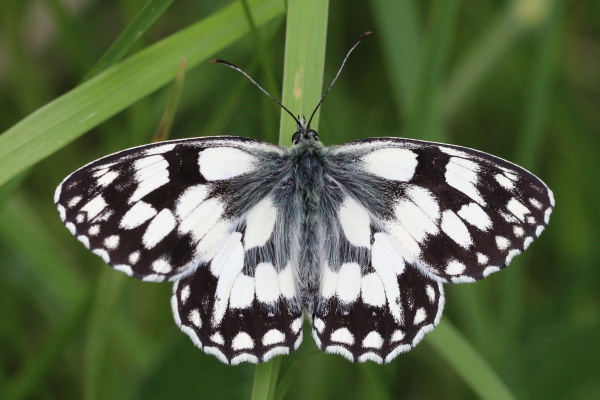Facts About Melanargia galathea
The Marbled White butterfly, known scientifically as *Melanargia galathea*, belongs to the Nymphalidae family. Despite its name and appearance, it is classified within the "browns" group, specifically the Satyrinae subfamily. Over the years, it has been referred to by various names, including "Our Half-mourner" "The Marmoris" and "The Marmoress."
Several subspecies of the Marbled White butterfly are found across different regions, including Europe, the southern Urals, the Caucasus, North Africa, and parts of Asia. Its range encompasses most of Europe, southern Russia, Asia Minor, Iran, and even Japan. However, it is absent from Ireland, northern Britain, Scandinavia (except Denmark), Portugal, and Spain. Interestingly, this butterfly's presence in the UK saw significant expansion in the late twentieth century.
These butterflies are commonly found in forest clearings, meadows, and steppe areas, flourishing at altitudes of 1,500-1,700 meters above sea level. In southern Britain, they are particularly abundant in unimproved grasslands, such as the South Downs and Dunstable Downs.
With a wingspan of 46–56 millimeters, the Marbled White butterfly is easily recognizable by its white wings adorned with gray-black or dark brown markings. Both males and females appear quite similar, although some females may have a yellowish tint on the underside of their wings. The caterpillars reach a length of about 28 millimeters and are either green or yellow with lighter and darker longitudinal stripes.
The life cycle of the Marbled White butterfly is fascinating. The larvae feed on various grasses such as *Phleum*, *Poa*, and *Festuca rubra*. Eggs are laid on grass stems, and the larvae hibernate before resuming feeding in the spring. Pupation occurs at ground level within a loose cocoon. Adults are typically visible from early June to early September, especially on warm, sunny days.

 Ireland
Ireland